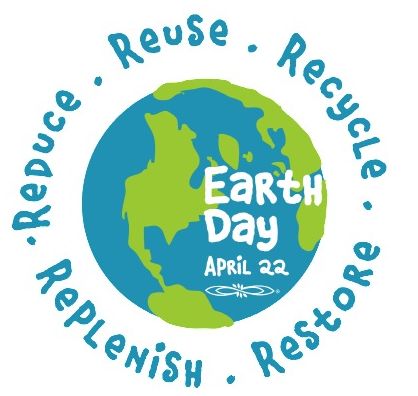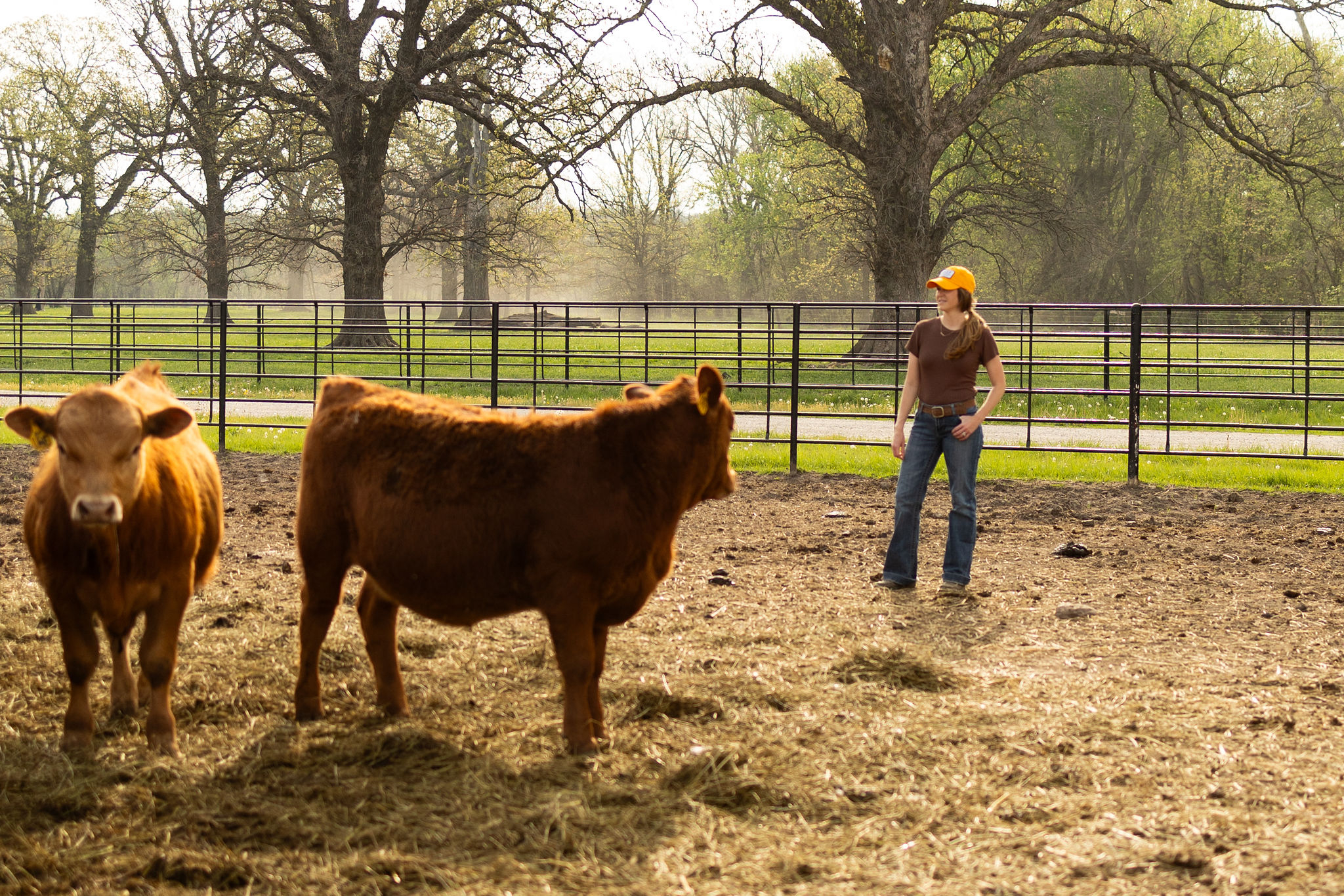It’s that time of the year again when we all resolve to recycle more, consume fewer non-renewables and to ride our bikes to work. Yes, it’s Earth Day and the media storm leading up to now has been full of “Every day is Earth Day for farmers and ranchers” messages on Twitter, Facebook and blogs. So why aren’t I writing a similar post? Because in fact, every day is NOT Earth Day. Tomorrow won’t be Earth Day, tomorrow is Saturday and I’m going to the zoo to see a koala and Sunday is Easter. Easter and Earth Day don’t share the same date, duh.
The fact of the matter is that every day isn’t Earth Day so why do we pretend that anything is different today? Farmers and ranchers practice environmental conservation every single day of the year so, ipso facto, today is nothing special (except for that it’s Good Friday, that’s very important). Just another day on the ranch (you see where this is going).
Take for example Tom Price, a 6th generation hog farmer in Ohio. Ninety-nine percent of the manure from his farm is combined with yard trimmings, composted and then used for flower beds in neighboring communities. Located near a river, Price says, “We do everything in our power to keep it as clean as possible because that river is drinking water for people south of us. We have a great deal of responsibility to put clean water into that river so that those people drinking water get the cleanest water possible.” Price says that filter strips play a vital role in managing runoff by slowing down the water and filtering out contaminants. Click here to learn more about Price’s hog farm and compost facilities.
Cattle ranchers are working hard to maintain a steady supply of safe, wholesome beef for a growing world while preserving and reducing their impact on the environment. For example, according to research by Washington State University, from 1977 to 2007 beef producers have lowered the carbon footprint generated from producing 1 lb. of beef by 14%. And they’ve done it using 15% less water and 11% fewer fossil fuels. Two words: efficiency and technology. For more facts about beef and sustainability, you can check out BEEF Magazine’s resource page.
Finally, EPA studies show that U.S. livestock production accounts for less than 2.4% of total GHG emissions. In fact, EPA Administrator, Lisa Jackson, on a recent farm tour in Iowa stated that “What I learned is that there is a lot of innovation going on. This innovation is aimed at making their business more efficient and has a benefit for air quality and water quality.” Tom Vilsack, Secretary of Agriculture also stated, “The farmers and ranchers we visited with today – and hundreds of thousands like them around the country – are our nation’s first and finest conservationists. They understand better than anyone that you cannot continually take from the land without giving back, and they have taken incredible strides to protect the land they rely on.” The nation’s leaders are sitting up and taking notice of the agriculture industry’s efforts at environmental sustainability.
So while you’re driving around this weekend to visit family during Easter (which makes me extremely jealous of you, btw) remember that Earth Day 2011 was nothing special or extraordinary – it was just another day on the farm for the hundreds of thousands of American farmers and ranchers.
Until next time,
~ Buzzard ~




